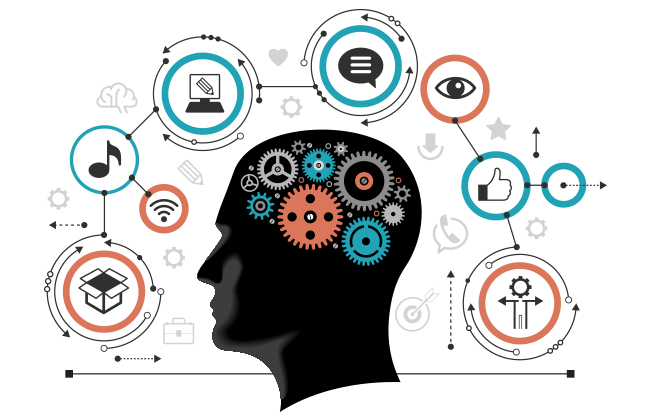
Generative AI enables users to generate new content based on a variety of inputs. Inputs and outputs to these models can include text, images, sounds, animations. 3D models or other types of data. Generative AI models learn the patterns and structure of their input training data and then generate new data that has similar characteristics.
Generative AI is a type of Artificial Intelligence that creates new content based on what it has learnt from existing content.
The process of learning from existing content is called training and results in the creation of a statistical model.
When given a prompt, GenAI uses this statistical model to predict what an expected response might be and this generates new content.

FOR ADDITIONAL COMPREHENSIVE INFORMATION ON GENERATIVE AI INCLUDING PRODUCTS, APPLICATIONS,READING LISTS, ETC PLEASE REFER TO OUR PAGE ON GENERATIVE AI for MEMBERS.
© 2025 AllInOneAI.Org . Powered by MME Technologies